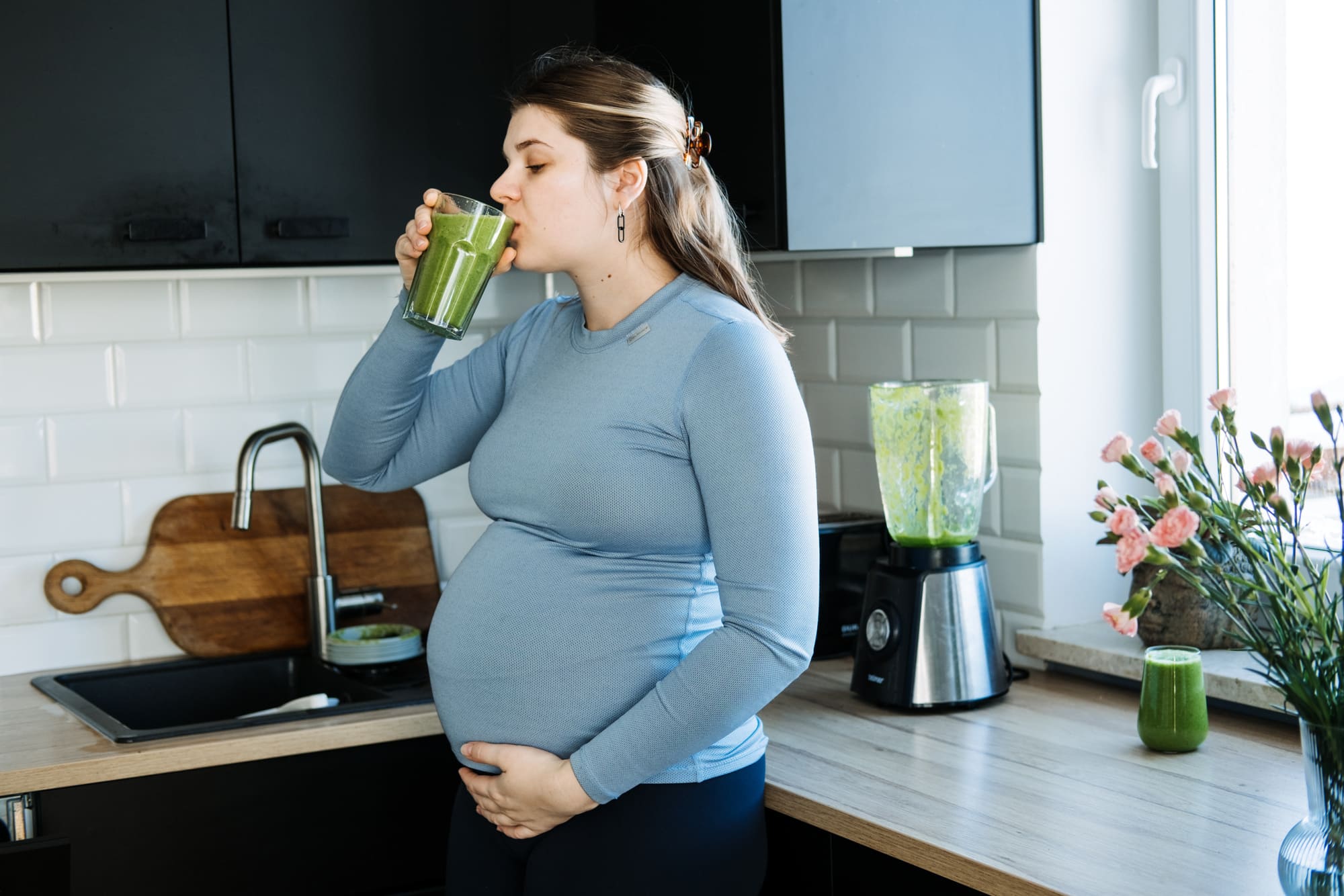Overview:
The aim of the proposed research was to identify factors associated with adverse pregnancy related and reproductive health outcomes among women living in Marathawada region in India. The project used a prospective observations approach to investigate individual and community risk factors for being diagnosed with anaemia in populations of pregnant women and adolescent girls living in 33-34 villages of the Osmanabad (now Dharashiv) district in Maharashtra. This opportunity was also used to test and validate non-invasive hemoglobin technology in rural India among pregnant women and adolescent girls. Additionally, the study analysed the birth registry record of Maharashtra state to investigate sex ratio at live birth over a period of 32 years (1980 to 2012). The project is also known as ‘Maharashtra Anaemia Study’ (MAS).
This project was designed in collaboration with the University of Nottingham UK.
Purpose:
The aim of this prospective study was to estimate the prevalence and risk factors for maternal anaemia and low birth weight (LBW) in pregnant women living in the Tulajapur and Lohara blocks of the Dharashiv (previously Osmanabad) district, Maharashtra state, India, where HMF was active. This would guide HMF’s interventions for reducing pregnancy-related risk factors.
Methodology:
Women between 3 and 5 months of pregnancy were identified from 34 villages based in Maharashtra state provided the data. Baseline data collection, anthropometric measurements and blood investigations were performed. Participants were followed-up to record birth weight.
For more details:
To know more about the project see Anemia Project Protocol
To know more about project implementation guidelines see Standard Operating Procedures and Conduct Guidelines
Findings/ results:
In all, 303 women between 3 – 5 months of pregnancy were eligible respondents, and 287 (95%) provided data.
77% were anaemic, defined as haemoglobin less than 11.0 g/dl at the time of recruitment, with a mean corpuscular volume of 80.5 fl/cell (standard deviation: 7.22, range: 53.4-93.8).
The increased risk of anaemia was seen in women with consanguineous marriages (odds ratio [OR]: 2.41, 95% confidence interval [CI]: 1.16-5.01, P = 0.01) after adjustment for potential confounding factors.
Postdelivery data from full-term singleton live births demonstrated a 7% prevalence of LBW. Consanguineous marriage was a major risk factor for LBW (OR: 4.10, 95% CI: 1.25-13.41, P = 0.02).
The presence of maternal anaemia during 3-5 months of pregnancy was associated with lower risk of LBW (unadjusted OR: 0.34, 95% CI: 0.13-0.92, P = 0.03).
Conclusion:
About 30% of our study participants were in a consanguineous marriage, which was identified as a potentially avoidable risk factor for both anaemia and LBW.
The research team:
Dr Anand Ahankari worked as a Primary Investigator for this study and developed publications with support from:
1. Dr Andrew Fogarty, Dr Puja Myles and Dr Laila Tata based at University of Nottingham, UK.
2. Ms Sandhya Rankhamb based at HMF and worked as a research assistant in the phase 1 programme.
